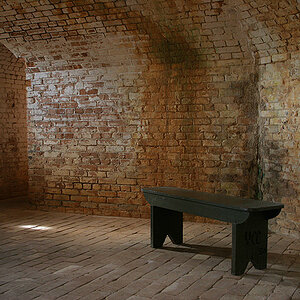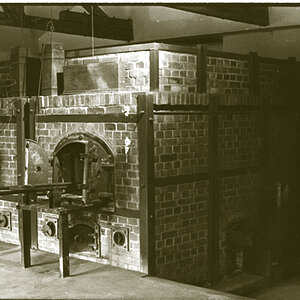Chipotles088
TPF Noob!
- Joined
- Nov 16, 2007
- Messages
- 16
- Reaction score
- 0
- Can others edit my Photos
- Photos NOT OK to edit
Hi guys, I've seen a lot of threads here about color and color space, but I haven't seen much on the 'Color Settings', specifically. What should my 'Color Settings' or 'Proof Set-up' sections look like, generally?
Big, old bonus 'thank you' for anyone who uses Miller's Lab, because that's the new lab I think I've decided to try out. Unfortunately, I can't make sense out of the forums on their site, otherwise I would've posted this right over there.
There's just so much to learn about color management, and I know so little ...
Thanks for any advice!
Big, old bonus 'thank you' for anyone who uses Miller's Lab, because that's the new lab I think I've decided to try out. Unfortunately, I can't make sense out of the forums on their site, otherwise I would've posted this right over there.
There's just so much to learn about color management, and I know so little ...
Thanks for any advice!













